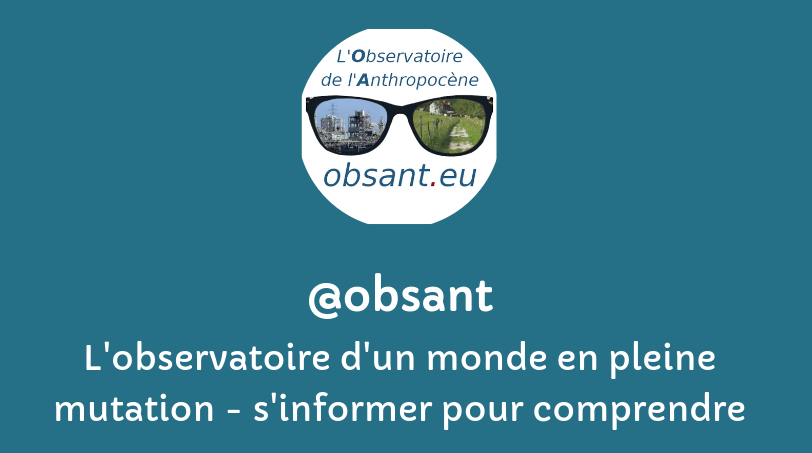filtre:
antarctic
2025
Het zeewater rond Antarctica werd het afgelopen decennium steeds zouter, blijkt uit een nieuwe studie. Hoe dat kan, kunnen de onderzoekers nog niet verklaren. Wat betekent dit voor het klimaatprobleem?
For decades, the surface of the polar Southern Ocean (south of 50°S) has been freshening—an expected response to a warming climate. This freshening enhanced upper-ocean stratification, reducing the upward transport of subsurface heat and possibly contributing to sea ice expansion. It also limited the formation of open-ocean polynyas. Using satellite observations, we reveal a marked increase in surface salinity across the circumpolar Southern Ocean since 2015. This shift has weakened upper-ocean stratification, coinciding with a dramatic decline in Antarctic sea ice coverage. Additionally, rising salinity facilitated the reemergence of the Maud Rise polynya in the Weddell Sea, a phenomenon last observed in the mid-1970s.
Despite working on polar science for the British Antarctic Survey for 20 years, Louise Sime finds the magnitude of potential sea-level rise hard to comprehend
Antarctica's remote and mysterious current has a profound influence on the climate, food systems and Antarctic ecosystems. Can we stop it weakening by 2050?
The Antarctic Circumpolar Current (ACC) is the world's strongest ocean current and plays a disproportionate role in the climate system due to its role as a conduit for major ocean basins. This current system is linked to the ocean's vertical overturning circulation, and is thus pivotal to the uptake of heat and CO2 in the ocean. The strength of the ACC has varied substantially across warm and cold climates in Earth's past, but the exact dynamical drivers of this change remain elusive. This is in part because ocean models have historically been unable to adequately resolve the small-scale processes that control current strength. Here, we assess a global ocean model simulation which resolves such processes to diagnose the impact of changing thermal, haline and wind conditions on the strength of the ACC. Our results show that, by 2050, the strength of the ACC declines by ∼20% for a high-emissions scenario. This decline is driven by meltwater from ice shelves around Antarctica, which is exported to lower latit
2024
In March 2022, a New York City-sized ice shelf collapsed in East Antarctica, long thought to be relatively stable against rapid change. The Conger-Glenzer ice shelf collapsed following decades of ocean-induced thinning, allowing its long-stabilizing features to transform into destabilizing ones.
A new declaration aims to make the southernmost continent an autonomous legal entity, akin to a nation-state, with inherent rights to participate in decision making that affects it.
De oppervlakte van het Antarctisch Schiereiland waar planten groeien, is vandaag minstens 12 keer groter dan in 1986. Dat blijkt uit satellietfoto's. De vergroening van de Zuidpool, door de klimaatverandering, gaat steeds sneller. Daardoor zou Antarctica er binnen enkele decennia wel eens heel anders kunnen uitzien.
As a six-year investigation into the Thwaites glacier in Antarctica wraps up, the scientists involved are pessimistic for the future of this glacier and the consequences for sea level rise
Het gat in de ozonlaag is zich pas begin deze maand beginnen vormen, later dan normaal. Dat meldt de Europese aardobservatiedienst Copernicus. Het gat is daardoor ook kleiner dan de voorgaande jaren. Dat heeft vooral te maken met de temperatuur van de stratosfeer boven Antarctica, die deze zomer bokkensprongen maakte.




